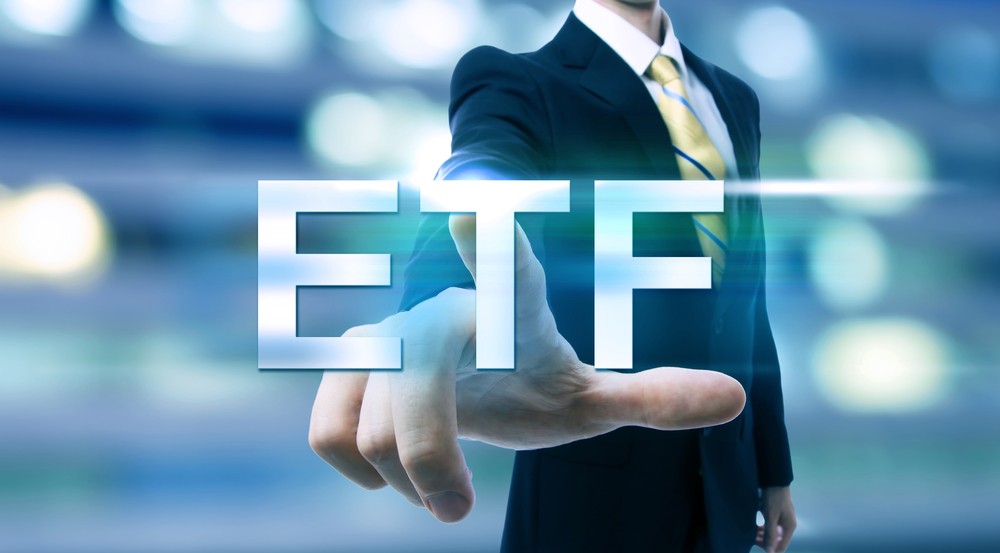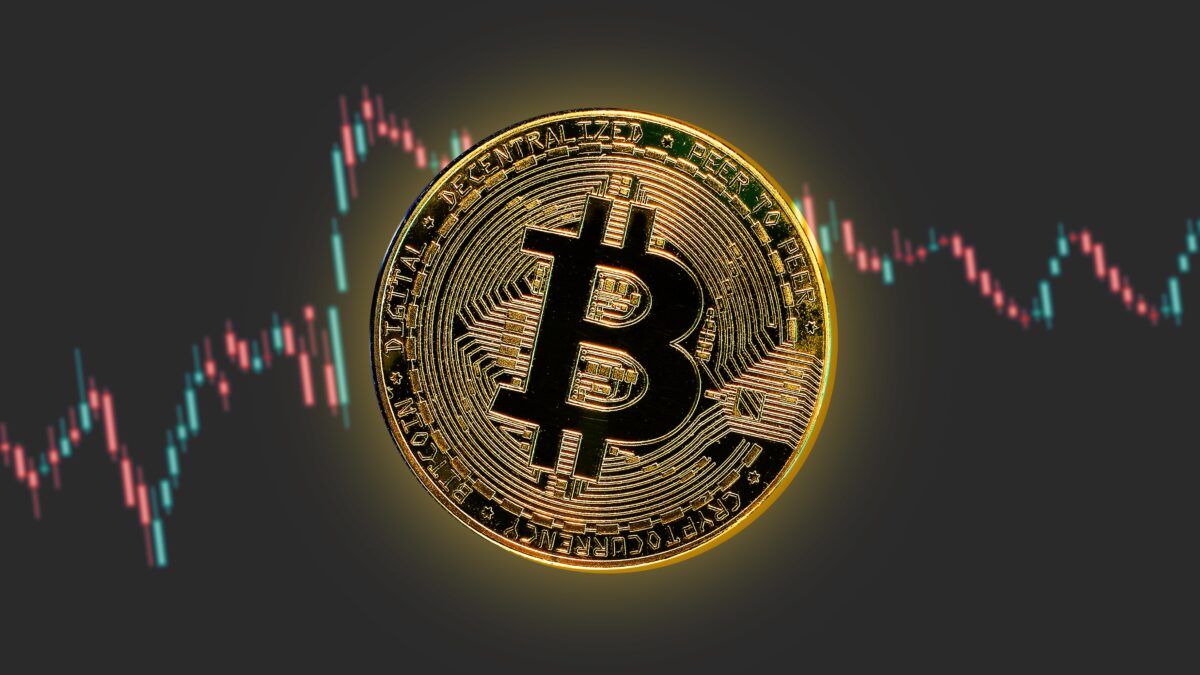It is desirable to learn more about an exchange-traded fund (ETF). It is a type of security that tracks an index, sector, commodity, or other assets. However, it is possible to buy or sell an ETF on a stock exchange as in the case of regular stock. Interestingly, ETFs can be structured to track anything from the price of an individual commodity to a large as well as diverse collection of securities. It is even possible to track specific investment strategies.
Exchange-traded funds can contain numerous types of investments, including stocks, commodities, bonds, or a mixture of investment types. Potential investors should keep in mind that, an ETF is marketable security. Notably, it has an associated price that allows it to be easily bought and sold.
The price of an exchange-traded fund’s shares will change throughout the trading day. On the contrary, mutual funds are not traded on an exchange. Mutual funds trade only once per day after the markets close. Furthermore, ETFs tend to be more cost-effective as well as more liquid when compared to mutual funds.
An exchange-traded fund is a type of fund that holds underlying assets, rather than only one like a stock does. There are multiple assets within an ETF. So, they can be a popular choice for diversification. It can own a huge number of stocks across various industries, or it could be isolated to one particular industry or sector. For instance, some funds focus on only U.S. offerings, while others have a global outlook.
Various types of exchange-traded funds
There are various types of exchange-traded funds available to investors. It is possible to use them in order to generate income, etc.
Let’s start with bond ETFs. They are used to provide regular income to investors. Importantly, their income distribution depends on the performance of underlying bonds. Such funds might include government bonds, corporate bonds, as well as state and local bonds. As opposed to their underlying instruments, they do not have a maturity date. Usually, bond ETFs trade at a premium or discount from the actual bond price.
Now, let’s move on to stock ETFs. They consist of a basket of stocks to track a single industry or sector. For instance, a stock ETF might track automotive or foreign funds. The goal is to provide diversified exposure to a single industry, one that includes high performers and new entrants with potential for growth. As opposed to stock mutual funds, they have lower fees and do not involve actual ownership of securities.
Industry or sector ETFs are funds that focus on a specific sector or industry. The purpose of such funds is to gain exposure to the upside of that industry by tracking the performance of companies operating in that sector. One good example is the technology sector. It witnessed an influx of funds in recent years. In the meantime, the downside of volatile stock performance is also curtailed in an ETF. Notably, they do not involve direct ownership of securities.
ETFs part two


We also have to mention commodity ETFs. They provide several benefits. Commodity ETFs diversify a portfolio, making it easier to hedge downturns. Such funds can provide a cushion during a slump in the stock market. Besides, holding shares in a commodity ETF is cheaper than physical possession of the commodity. The reason why it is cheaper is that a commodity ETF does not involve insurance and storage costs.
Currency exchange-traded funds represent investment vehicles that track the performance of currency pairs, consisting of domestic and foreign currencies. They serve multiple purposes. It is possible to use them to speculate on the prices of currencies. Importers, as well as exporters, can also use them as a hedge against volatility in forex markets. Currency ETFs are also used to hedge against the threat of inflation.
When it comes to inverse ETFs, they attempt to earn gains from stock declines by shorting stocks. Investors should keep in mind that, shorting is selling a stock, expecting a decline in value, and repurchasing it at a lower price. Interestingly, an inverse ETF uses derivatives to short a stock. Basically, they are bets that the market will decline. When the market goes down, an inverse ETF increases by a proportionate amount. However, investors should be aware that many such funds are exchange-traded notes (ETNs) and not true ETFs. An ETN is a bond, nonetheless, trades like a stock and is backed by an issuer like a bank.
In the U.S. the vast majority of ETFs are set up as open-ended funds and are subject to the Investment Company Act of 1940. Such funds do not limit the number of investors involved in the product.
Investors and useful tips
There is no lack of platforms, but investors should pay attention to certain details. ETFs are available on most online investing platforms, etc. Most of them offer commission-free trading. Hence, investors do not have to pay fees to the platform providers to buy or sell ETFs.
Nonetheless, a commission-free purchase or sale doesn’t mean that the ETF provider will also provide access to their product without associated costs. A good platform should offer various products, as well as high-quality customer service. For instance, smartphone investing apps enable ETF share purchase at the click of a button. But some of them may ask investors for paperwork or a more complicated situation.
Hopefully, some well-known brokerages, offer extensive educational content that helps new investors become familiar with ETFs.
Last but not least, investors should learn more about a wide variety of ETFs available in the markets today. Potential investors should not forget that ETFs are not similar to individual securities like stocks or bonds. They will need to consider the whole picture when they commit to an exchange-traded fund.
Advanced trader? Try trading with the best broker for advanced traders.











COMMENTS